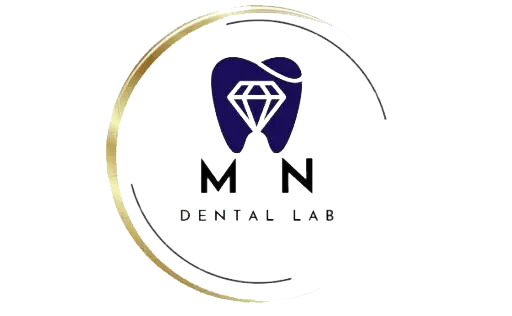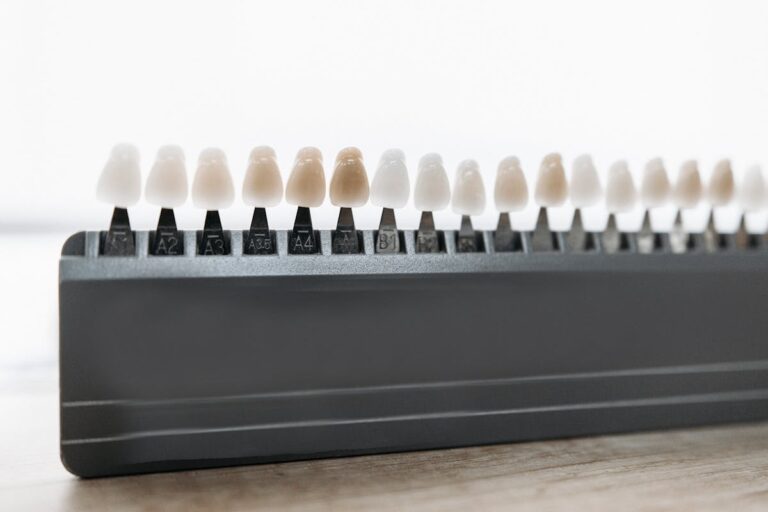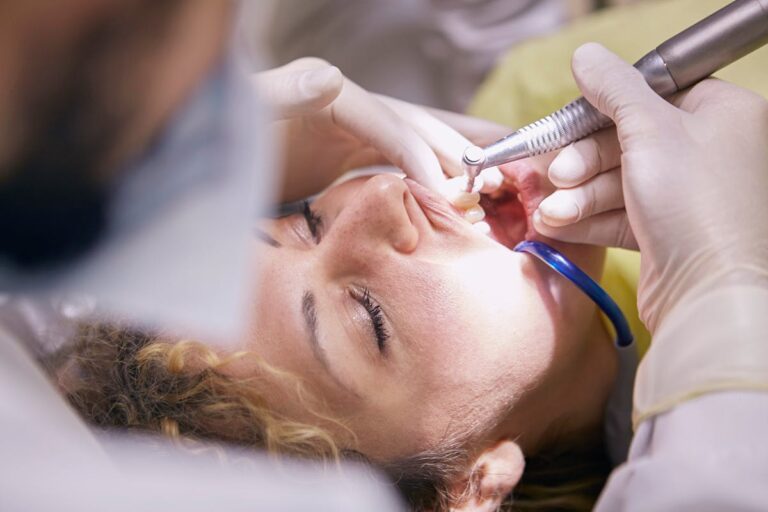Minnesota’s dedication to expert care in dental crowns and bridges is of paramount importance, ensuring patients receive not only a personalized approach but also the highest standard of treatment. With a wealth of experienced professionals employing cutting-edge techniques, the focus is on longevity, functionality, and aesthetic perfection. Additionally, the availability of financial assistance and flexible payment plans further facilitates access to these essential services. But the question remains, how do they achieve such a high level of patient satisfaction and successful outcomes?
Understanding Dental Crowns
Dental crowns, often referred to as “caps,” serve an essential role in restorative dentistry. They provide a solution for damaged teeth, offering both functionality and aesthetic appeal. Crown materials vary widely, including porcelain, metal alloys, ceramics, composite resin, or a combination of these materials. The choice of material depends on factors such as the tooth’s location, the patient’s gum tissue position, the patient’s preference, the dentist’s recommendation, and the amount of the tooth that shows when you smile. While not to be confused with bridge types, which is another aspect of restorative dentistry, crowns often form an integral part of bridges. The thorough understanding of dental crowns contributes to effective dental health management and informed decision-making.
The Basics of Dental Bridges
Restorative dentistry employs another essential tool known as a dental bridge. Dental bridges are used to replace missing teeth, bridging the gap created by one or more lost teeth. The types of bridges vary, including traditional, cantilever, and Maryland bonded bridges. Each type serves different needs and is appropriate for different dental situations. Traditional bridges are the most common type, composed of two crowns and a pontic, or false tooth. Cantilever bridges are used in specific cases where there are adjacent teeth on only one side of the missing tooth or teeth. Maryland bonded bridges are made of porcelain, plastic teeth and gums supported by a metal framework. The bridge materials used in each type offer durability and natural appearance, restoring both function and aesthetics.
The Process of Getting Crowns and Bridges
Shifting from the basics of dental bridges, we now turn our attention to the procedural aspects of obtaining crowns and bridges. Our focus will be on the initial consultation and examination, the steps involved in the placement of the crown and bridge, followed by essential aftercare and maintenance tips. Understanding these stages will provide a thorough view of this dental solution, empowering patients with valuable knowledge for informed decisions.
Initial Consultation and Examination
Beginning the journey to dental restoration involves an initial consultation and thorough examination. This stage is essential, as it lays the foundation for the subsequent treatment planning. The dentist needs to conduct a detailed assessment of the patient’s oral health to make an accurate initial diagnosis. This involves examining the patient’s teeth, gums, and jaw structure. Radiographic imaging may be used to give a detailed view of the underlying bone and tooth structures. Based on the initial diagnosis, the dentist will develop a treatment plan tailored to the patient’s specific needs. This plan may involve dental crowns or bridges, depending on the extent of dental damage. This meticulous approach guarantees ideal results and patient satisfaction.
Crown and Bridge Placement
After the initial consultation and diagnostic phase, the process of crown and bridge placement commences. The dentist prepares the tooth by reshaping it to accommodate the crown. Impressions are then taken, which serve as the blueprint for the crown and bridge. While crown materials range from porcelain to gold, the selection depends on the individual patient’s needs and preferences. In addition, the type of bridge—whether traditional, cantilever, or Maryland—depends on the location of the missing tooth and the condition of adjacent teeth. Once the dental laboratory fabricates the crown or bridge, the dentist checks the fit, color match, and bite before cementing it permanently. Consequently, the process is meticulous, ensuring patients receive tailor-made restorations.
Aftercare and Maintenance Tips
Although the placement of crowns and bridges is a vital step towards restoring oral functionality and aesthetics, ensuring their longevity requires diligent aftercare and maintenance. Proper aftercare routines, such as regular brushing and flossing, are essential to keep the dental work clean and prevent potential complications. Usage of appropriate maintenance products, like a soft-bristled toothbrush and non-abrasive toothpaste, can greatly contribute to the lifespan of your crowns and bridges. Regular dental check-ups are also important as they allow your dentist to monitor the health and condition of your dental work. In addition, avoid chewing hard foods or ice to prevent damage. Remember, a well-maintained crown or bridge can serve you effectively for many years.
Benefits of Dental Crowns and Bridges
The transformative impact of dental crowns and bridges on patients’ oral health cannot be overstated. These procedures, part of the broader scope of restorative dentistry, work to restore the functionality of damaged or missing teeth, thereby improving the patient’s ability to chew and speak. In addition, they contribute considerably to aesthetic enhancement, providing a natural-looking solution that boosts confidence and self-esteem.
Dental crowns and bridges are custom-made to match the color, shape, and size of the patient’s original teeth, ensuring a seamless integration with the existing dental structure. Additionally, they provide protection to the underlying tooth structure, preventing potential damage and mitigating the need for more invasive procedures. It is this combination of functional restoration and aesthetic improvement that underscores the value of dental crowns and bridges.
Potential Risks and Complications
While dental crowns and bridges offer substantial benefits, it is essential to contemplate potential risks and complications associated with these restorative procedures. These may include heightened sensitivity, infection, or discomfort in the affected area. A thorough risks assessment should be undertaken before the procedure to minimize issues such as gum disease or crown displacement. In certain cases, the bridge may not fit properly, leading to discomfort and requiring additional treatment. The process of complication management involves regular dental visits, good oral hygiene, and prompt attention to any issues. With extensive care and expert guidance, these risks can be effectively managed, ensuring the longevity and success of your dental crowns and bridges.

Top-rated Dental Experts in Minnesota
Steering through the potential risks and complications of dental crowns and bridges, one recognizes the undeniable importance of engaging with proficient dental experts. In Minnesota, a network of top dental professionals provides exceptional care in this niche. These experts are not just versed in the technical aspects of dental procedures, but also excel in patient interaction, ensuring you feel comfortable throughout the treatment. Many of these professionals serve in Minnesota dental clinics known for their state-of-the-art facilities and high standard of care. They continually update their skills and knowledge to stay abreast of the latest techniques and advancements in the dental field. Choosing a reputable professional in Minnesota for your dental crowns and bridges can make a significant difference in your overall experience and treatment outcome.
Cost and Insurance Considerations
When considering dental crowns and bridges, it is essential to understand the financial aspects associated with these procedures, including insurance coverage. The costs for these dental solutions can vary widely, and understanding your insurance policy’s specific benefits can help estimate these expenses accurately. In addition, exploring financial assistance options can provide necessary support for those without thorough dental insurance.
Understanding Dental Insurance Coverage
How does dental insurance factor into the equation when considering dental crowns and bridges? The answer lies in understanding the specifics of your dental policy. Insurance coverage for dental works like crowns and bridges can vary greatly, ranging from full coverage to none at all. It’s critical to examine your policy’s details or speak with your insurance provider to understand what is covered. Some policies may cover a percentage of the cost, while others might set a cap on the amount they will pay annually. In addition, the type of crown or bridge needed might also affect your coverage level. A crown deemed medically necessary might be fully covered while a purely cosmetic one might not be.
Estimating Crown and Bridge Costs
Building on the understanding of dental insurance coverage, it’s important to turn our attention towards the monetary aspect of dental crowns and bridges. The cost of these dental procedures can vary greatly based on factors such as the complexity of the procedure, the materials used, and the location where the treatment is performed.
Crown longevity and bridge durability are key factors when estimating costs. High-quality materials that offer extended longevity and increased durability may have a higher upfront cost, but could potentially save patients money in the long run by reducing the need for replacements or repairs. As a result, it’s essential to evaluate both the initial cost and the expected lifespan of the crown or bridge when making a decision.
Financial Assistance Options
Ever considered the various financial assistance options available to offset the cost of dental crowns and bridges? Many people are not aware that there are several options, including financial aid and payment plans, to help manage the expenses associated with these procedures. Dental offices often work with insurance companies to provide coverage for a portion of the costs. In addition, some dental practices in Minnesota offer flexible payment plans, allowing patients to pay for their treatment in installments over time. Similarly, there are non-profit organizations and government assistance programs that provide financial aid for dental care. These options can greatly alleviate the financial burden associated with dental crowns and bridges, making these necessary treatments more accessible.
Frequently Asked Questions
What Materials Are Typically Used to Make Dental Crowns and Bridges?
Typical materials for dental crowns and bridges include ceramic options and various metal types. Ceramics provide aesthetic appeal, while metals like gold and alloys offer durability. The choice depends on patient’s needs and dentist’s recommendation.
How Long Do Dental Crowns and Bridges Usually Last?
The longevity of dental crowns and the durability of bridges largely depend on oral hygiene and regular checkups. On average, dental crowns can last between 5-15 years, while bridges can last up to 10 years.
How Should I Care for My Dental Crowns and Bridges at Home?
To guarantee the longevity of your dental crowns and bridges, adhere to crown maintenance tips and bridge care guidelines, which include regular brushing, flossing, avoiding hard foods, and scheduling routine dental check-ups.
Are There Alternative Treatments to Dental Crowns and Bridges?
Yes, there are alternative treatments to dental crowns and bridges. Dentures offer a removable solution for missing teeth, while dental implants provide a permanent, natural-looking alternative with superior stability and comfort.
Can Dental Crowns and Bridges Be Whitened Like Natural Teeth?
Dental crowns and bridges cannot be whitened using conventional whitening methods due to their material composition. However, expert color matching during creation guarantees a natural, bright appearance compatible with the surrounding teeth.






